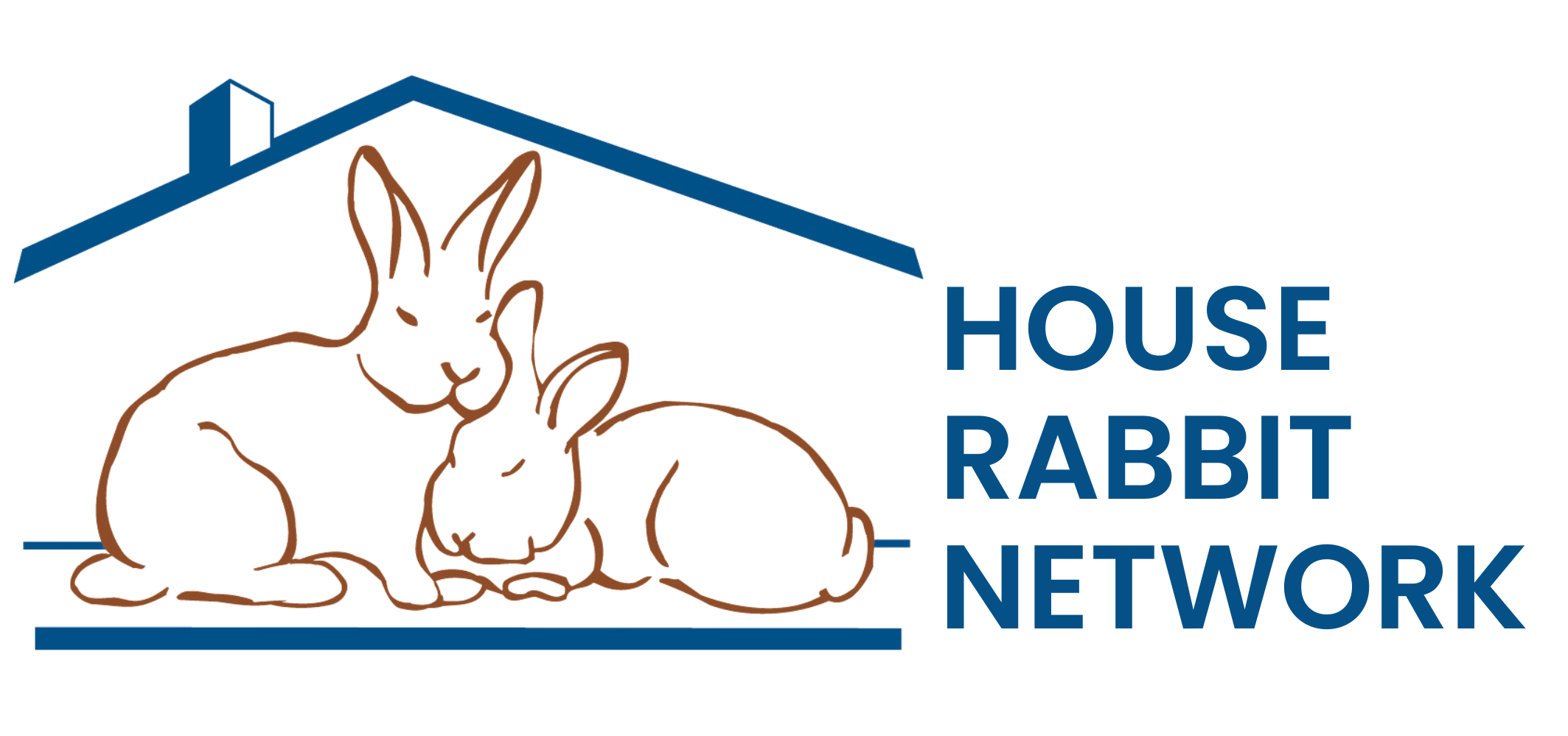Rabbits to the Rescue
When Bernadette Quirk enters the Memory Care neighborhood at The Commons Retirement Community in Lincoln, MA, she stops to say hello to a couple of residents sitting in the lobby. They know her.
“The Queen is here,” they say.
But they’re not talking about Bernadette. They’re talking about her rabbit, Cali.

Cali is a 10-pound Californian. She “holds court” at the Memory Care neighborhood every Wednesday and Sunday, where the residents dote on her. Some get excited about her visits hours before she arrives. Some residents hold her, others just like to watch her do her thing. For one man, it’s a semi-weekly opportunity to bring out well-loved jokes about rabbits’ feet.
“I think she wants to run away,” says one woman fretfully, holding Cali on her lap. “I think she’s nervous.” But actually, Cali is almost asleep.
Cali’s behavior when she goes to work is totally professional. She doesn’t fuss or fidget, go to the bathroom, or eat, even when someone offers her something. Given the opportunity to stretch her legs, she doesn’t run away or get underfoot; she flops down under the table where the residents are playing Scrabble.
Bernadette first started bringing Cali to the unit in an unofficial capacity, when someone in Bernadette’s family moved there and was asking to see her cat. The cat couldn’t make it, so Bernadette brought Cali a few times. Shortly after that, a staff member asked Bernadette if Cali could make her visits a regular event, so Bernadette decided to register Cali as a therapy animal.
“It’s really heartwarming,” says Bernadette. “Some people are just so lonely. When it’s their first time holding a rabbit, they can’t believe how soft she is. Or she brings back memories of when they were kids and had rabbits.”
Cali is registered with Bunnies in Baskets, an organization dedicated exclusively to rabbits as therapy animals. Dogs, cats, birds, horses, llamas and alpacas, pigs, guinea pigs, and rabbits can all be therapy animals, and while dogs may be the best known for it, rabbits have some advantages. Their small size makes it easy for people to hold them, and if someone is afraid of dogs, a rabbit is less threatening.Therapy rabbits do the same work as therapy dogs. They visit nursing homes, hospitals, schools, and rehabilitation centers; they work with children at local libraries to improve reading skills; and they participate in youth and homeless outreach programs. Interacting with animals has been shown to have beneficial effects on heart rate, blood pressure, and stress hormone levels, and bunnies definitely count.
Sometimes, as in the work that Cali does, the therapy rabbit or other animal improves someone’s quality of life just by brightening their day. In animal-assisted therapy, the rabbit participates in actual treatment situations, helping specifically to improve someone’s physical, emotional, or cognitive health.

Abbie Loewenstein is a mental health counselor who works with children and young adults with depression and anxiety. In this she is assisted by her rabbit Peanut, a 3.5-pound Netherland Dwarf mix that she adopted from the House Rabbit Network in May of 2016 (though she has practiced animal-assisted therapy for four years). Like Cali, Peanut is a certified therapy rabbit through Bunnies in Baskets, and he is very good at his job.
Abbie writes, “I love seeing my clients light up with excitement and happiness and also relax when they get to interact with Peanut. It helps them look forward to therapy and provides us with a shared experience to talk about him. When he’s not napping or being pet he can be pretty entertaining. He sits in a basket or hops around the room (monitored always).”
Of course, this kind of work is not for every bunny. As Bunnies in Baskets puts it on their website, the rabbits best suited to be therapy animals are, “highly socialized, human curious, and affectionate.”
To register as a Visiting Rabbit Team, the rabbit must pass a health evaluation, the human must pass a training class, and together they must complete two hours of supervised visits at a facility of their choice. If they meet these requirements, they can register with Bunnies in Baskets and become an official Visiting Rabbit Team. One of the benefits of being registered is that the team’s visits are covered under the organization’s liability insurance plan.
Bernadette Quirk thinks Cali’s work as a therapy rabbit is important in more ways than one. In her visits to the Memory Care neighborhood, where she interacts with residents, family members, and staff, Cali has become an ambassador for her species. Many people are surprised to learn that rabbits have distinct personalities, and can interact with humans on such a level.
“It’s great, because it gets the word out about how wonderful rabbits are. People don’t realize it…It spreads the good word about how great bunnies are as pets,” she says.
It’s worth noting that Cali was one of 140 rabbits rescued from Codman Farm in July of 2016. They were living in terrible conditions, being bred and raised as meat rabbits, before they were purchased and taken in by animal rescue organizations. Cali had been kept in a pen with 27 other rabbits, who were bullying and physically attacking her. At the time of her rescue she was very ill, and it was thought she wouldn’t survive.
But she did survive, and she’s not a victim anymore. Now, Cali helps others, one cuddle at a time.
— Sadie MacMillan
